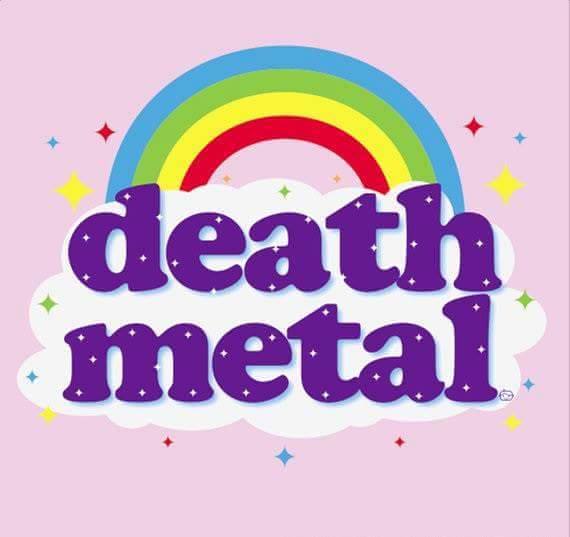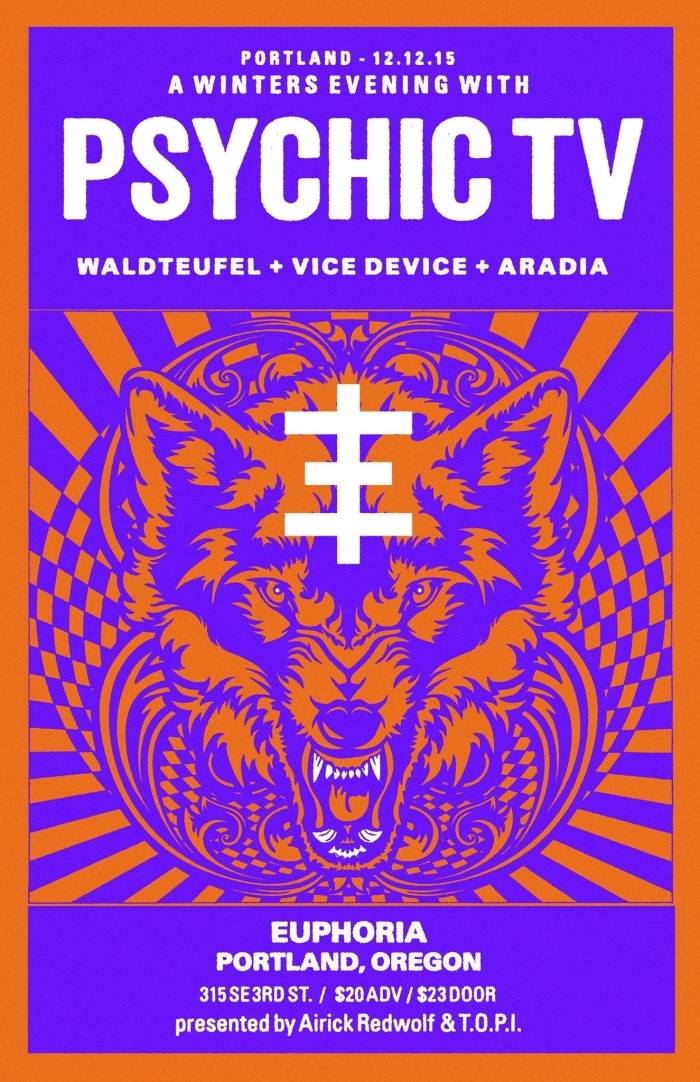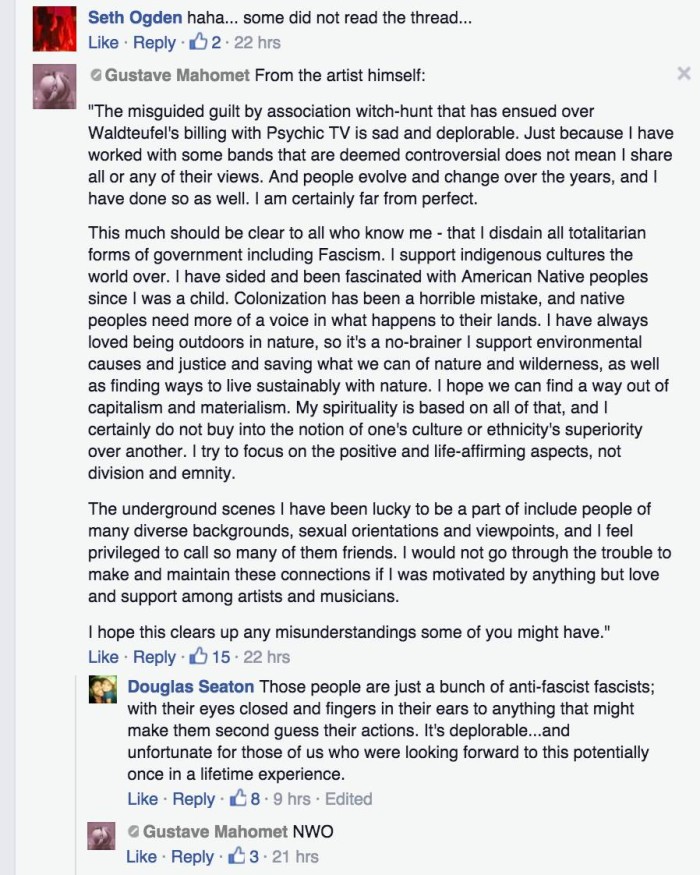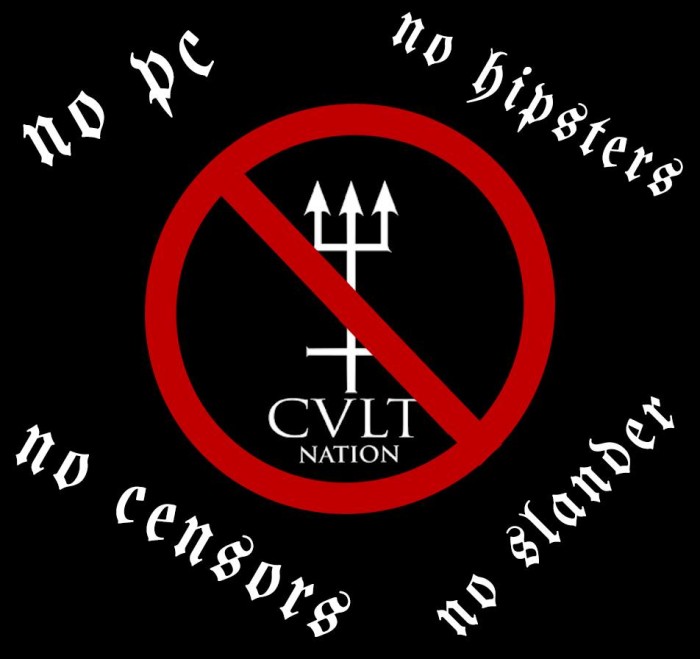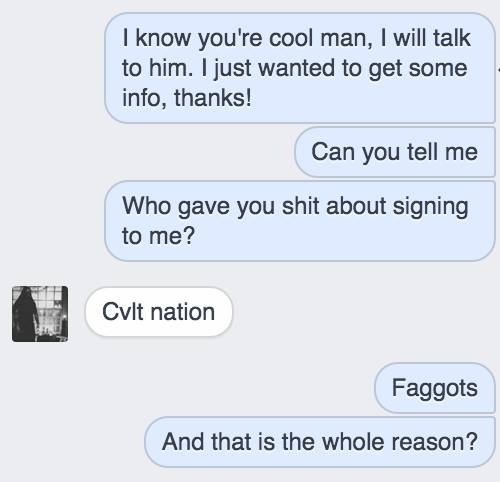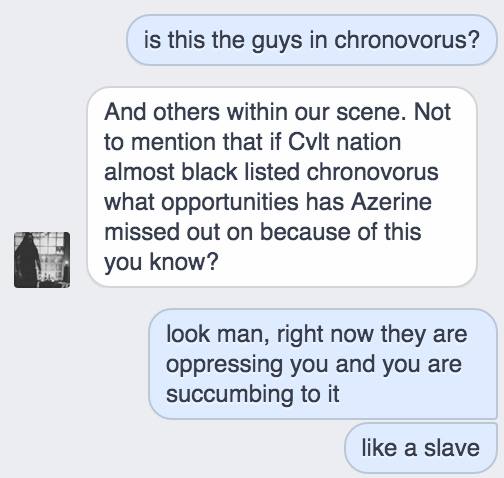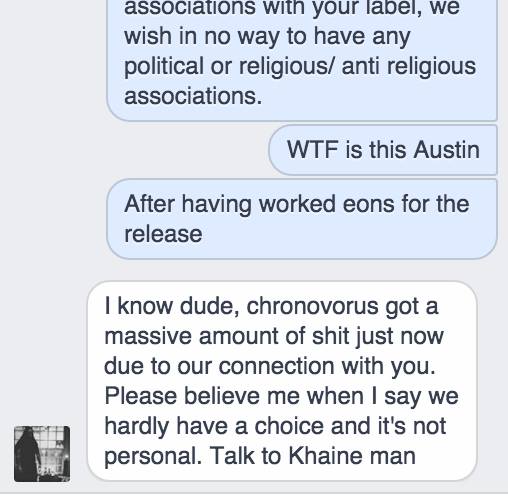Freaked out by the refusal of metal to bow to their guilt-induced accusations, SJWs have reverted to their first tactic: acting as wise teachers, instructing us in how metal thinks, which always includes the narrative of progress and enlightenment replacing those bad old ways.
The latest comes from Vice, which should know better but keeps hiring cheap talent. In this year-end review, somehow an agenda of political control slips in:
Once the go-to genre for tasteless gore and shock value, most younger bands seem to have cleaned up their image. The violent misogyny that frequently appeared in the genre’s golden age is now passé if you’re not a generic slam band. There just isn’t any room for “Entrails Ripped From a Virgin’s Cunt” or “Skin Her Alive” in today’s metal scene, and more importantly fans have responded angrily when actual violence against women occurs, as blackened death band Deiphago learned when guitarist Sidalpa was accused of punching a woman in the face backstage.
…Death metal listeners are also clearly taking a stand against racism. Over the summer, Malevolent Creation were raked over the coals because of blatantly racist and xenophobic Facebook posts. In the fall, Disma were booted from multiple festivals due to frontman Craig Pillard’s alleged Nazi associations. Netherlands Deathfest organizers said that “at least 10 bands” would have refused to play on the same bill as Disma had they not been removed. Pillard is a major figure in the scene, having been an integral part of Incantation’s prime years, but even in the normally apolitical (and extremely white) world of death metal, fans and artists are starting to lose patience with prejudice—even if the majority of listeners are not yet swinging left.
…So, what is the state of death metal in 2015? The music is still as vital as ever and the genre is flooded with talented musicians.
“Vital as ever” seems a stretch considering how the writer struggled to find examples and came up with very little other than classic bands continuing, but in order for his narrative to succeed, he has to brainwash the audience into believing that the new material is just as good as the old. And as usual, this is implied to “prove” that metal has simply matured, not been taken over by the same people who converted hardcore punk into insipid soundalike material in the name of political correctness.
28 CommentsTags: death metal, fascism, metalgate, political correctness, racism, sexism, sjws
